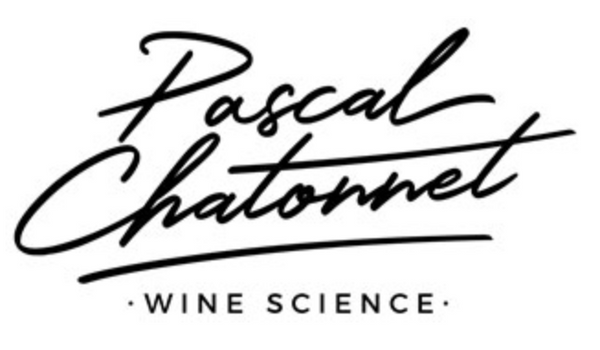I am constantly thinking about what our vineyards will be or should be in 25 or 30 years if the climate were to evolve sustainably in the direction that we are predicted. To do this we must make decisions now: the vines we plant today will be those that our successors will use tomorrow. Agro-Synergic thinking is essentially about anticipating. We must avoid repeating the errors that followed after the phylloxera invasion at the beginning of the 20th century and the great frost of 1956. These dramatic events caused too rapid replanting, with often poorly selected grape varieties and rootstocks. not always well adapted and have led to the abandonment of even ancestral varieties. We are constantly studying the characteristics of this or that grape variety, in this or that situation; my experience as an international consultant allows me to observe a large number of varieties in extremely different configurations and to draw certain hypotheses and conclusions for our own benefit. Agro-Synergy is about learning from your mistakes and also from the success of others.
At present, I am convinced that the rapid introduction of new grape varieties grown much further south today would be a serious mistake in order to adapt to what we call “global warming”. Rhone Syrah, Spanish Tempranillo or Portuguese Touriga Nacional are great grape varieties that I have been practicing and loving for a long time.
However, their introduction to Bordeaux would profoundly change the profile of our wines; but above all they would not find the ideal terroir conditions for their full and typical expression: a waste in perspective!
The history of Bordeaux vineyards is synonymous with constant evolution;
contrary to what one might think, nothing is set in stone in Bordeaux 1. White and red grape varieties have come and gone, the profile of the wines has evolved considerably over the past centuries. No one can therefore claim to have a more authentic taste or style. It all depends on when we decide to start the “story”.
In terms of the evolution of grape varieties in the future, I am more confident in the rebalancing of grape varieties that were previously cultivated or even completely forgotten at a certain time because they were difficult to ripen regularly at the time. I am thinking first of all, to follow the Malbec and Petit Verdot already cultivated, of Carmenère, a very late half-brother of Merlot (Fer x Txakoli
= Gros Cabernet x Cabernet Franc (father) = Carmenère). I then think of ancient grape varieties such as Tarnais, Gros Cabernet (grosse vidure), Manseng noir (Mancin, cousin of Tannat) and others (Pardotte, Saint Macaire, etc.), varieties widely exploited until the arrival phylloxera and which are a priori well adapted to a warming climate due to their shifted vegetative cycle. But more than warming, we must especially talk about climate change. Our temperate oceanic climate in Bordeaux becomes above all less temperate and therefore more extreme. Recent scorching summers and summer droughts, until now totally anachronistic,
Bordeaux: a history of grape varieties. JB. DUQUESNE BBD Editions ISBN 979-1-09-5856108
Should not make us forget the cold and rainy vintages (2021). We must therefore especially not bet all on grape varieties supposedly better adapted to warming because they are later or simply more southern... Merlot, objectively considered the most sensitive, has demonstrated its enormous potential even in 2022 when it is planted on suitable soils, cultivated and harvested appropriately.

